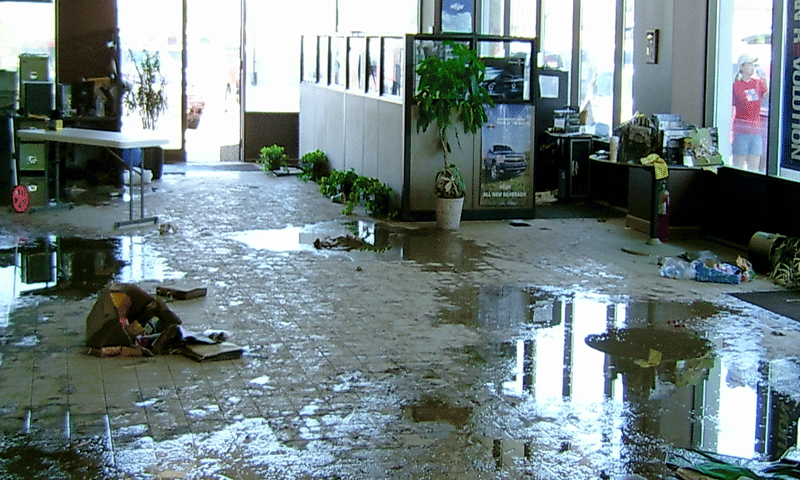Water is among the most frequent damage to a residential or business structure. But regarding water damage, there are numerous things to watch out for, says experts at a water damage company meridian, ID. The group of water damage is one of those items.
The many types of water damage are classified according to the water’s origin and any other potential toxins the water may have come into contact with. The risk that water poses to anything or anybody who comes into contact with it is significantly influenced by how clean the water is.
This article goes through some of the most familiar types of water damage.
Table of Contents
Sewage Overflow:
This is one of the most common water damage caused. First, you must install a backflow valve in the main wastewater line to prevent water damage from sewage backup. Although this valve significantly reduces the risk of damage, it still has to be checked and validated constantly, ideally by a licensed plumber.
Roofs:
Roof drains are used on flat roofs to remove water. Each year, the pipes should be examined and cleared of silt or garbage. Additionally, the rooftop deck and waterproofing must be checked for any anomalies or leaks. Plan a routine roofing inspection for slopes or steep roofs. Snow removal and de-icing schedule will lessen the possibility of incursions and roof snow load failure. This is strongly preferred to be done by a professional.

Water Heaters:
Water heaters are not indestructible. The tank will ultimately become damaged by corrosion, which will cause leaks. Placing the hot water system in a drip pan or tray that can be emptied to a safe area can lessen this risk. Before the onset of problems, schedule a replacement date to prevent bad shocks. After ten years of usage, water heaters need to undergo a complete inspection. It is advised that tanks be replaced after such time. Ensure that a professional plumber performs the entire procedure.
The intrusion of Groundwater:
A sludge pit draining system consists of a discharge pipe, a sump pit, and a pumping station. While the pump removes the water to a safe area, the sump pit, built into the basement level, gathers water from leaking tiles around the basement. Once more, routine checks and maintenance will guarantee that now the septic tank will continue to function correctly. Consider building a backup generator, so the pump is always ready to run, or install an emergency automatic backup pump system.
Conclusion:
One could also engage in an automated service that monitors leaky pipes or overflow if the flood damage is a significant issue for you. Therefore, be mindful of all water damage and take all necessary precautions to safeguard your safety.

